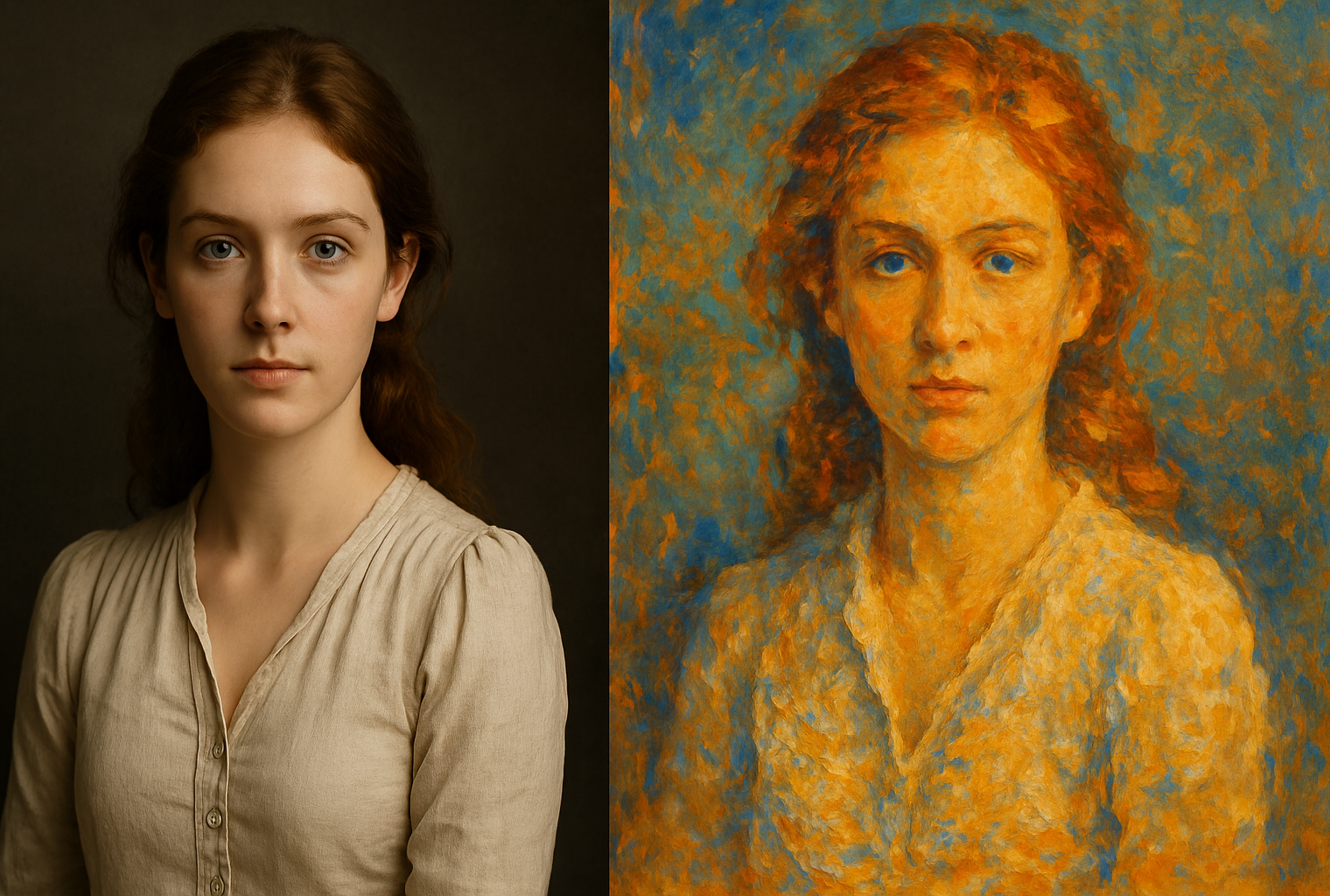AI in Education: Transforming Learning Materials into Visual Content
Artificial intelligence plays a key role in education by transforming traditional text-based materials into interactive and visually engaging learning tools. This technology enables personalised and more effective learning by adapting content to individual student needs and creating dynamic learning environments.

Visual content plays a key role in modern education. With the growing importance of digital technologies and multimedia learning, artificial intelligence (AI) is becoming an invaluable tool for teachers to transform traditional text-based materials into interactive, visually engaging learning tools. This article explores how AI is aiding in this transformation and the impact it is having on the way we teach and learn.
Converting Text to Visual Content
AI applications are able to analyse and interpret textual content, converting it into images, graphs, and even animations. This capability is particularly useful in science and math subjects, where AI can transform complex concepts and data into visually understandable formats. For example, a description of a cell structure can be converted into a detailed 3D model, providing students with a better understanding.
Interactive Learning Environment
AI also enables the creation of interactive learning environments. Using advanced algorithms, AI can create simulations and virtual reality, allowing students to experiment and learn in a dynamic, engaging environment. This is particularly valuable in science, where students can conduct virtual experiments and observe the results in real time.
Personalised Learning
AI can adapt visual materials to individual student needs. Algorithms can track a student's progress and adapt learning materials to best suit their learning style and current level of knowledge. This leads to more personalized and effective learning.
Challenges and Opportunities
While the benefits of AI in visual content creation are undeniable, there are also challenges. Ensuring the accuracy and pedagogical appropriateness of automated-generated materials is critical. Moreover, teaching teachers how to use these tools effectively is key to their successful integration into the educational process.
Conclusion
AI offers new horizons in the transformation of learning materials, opening the door to more interactive, personalised and visually engaging learning. As technology continues to evolve, we can expect even deeper integration of AI in the educational process, which will significantly impact the way we teach and learn in the digital era.
This article was created by Vaibe.ai artificial intelligence.





